
“we gotta fly, man. like now!”
this will be a quick hit, just to get something fun out of my system.
i really like hybrid circuits… and the puzzle that is directly coupled circuits is one of the main attractions to analog design, for me. if you read this stuff, you have probably guessed as much. i also really enjoy a clever hybrid… one that extends the possibilities of both the obsolete technology, and the new. and new possibilities are fabulous! so are new problems… i’m so sick of the old ones.
the “neohyb” circuits that stefano bae and i did for silbatone were all about this wonderful puzzle. but also mainly about the host of neglected but interesting old vacuum tubes that don’t really fit into the range of power needed for the typical two way speaker, that fits into a typical big city home (apartment). there are so many to choose from! i really love all the 30’s radio tubes… from the 01A to the 76. and the blue glass tubes and colorful decals really look fabulous! although, without help, most of them will make 50 to 100 milliwatts. fine for some headphones, but you aren’t going to get very far with your Sonus Fabers or Dynaudio BM5s, are you?
so that’s where the idea for the “neohyb” circuit came from. so i can use a 71A RCA globe tube and get some Angry Samoans happening in the house. there are still some pet peeves i have… Silbatone is really committed to a zero feedback approach with a kind of arrogant simplicity that is designed to irritate the industry and yet perform at a very high standard. i understand the aesthetic and sympathize dearly. that IS my aesthetic! but i myself am not dead set against playing with more obtuse ideas in the search for more. more of everything.
i have never been really comfortable about dragging a feedback loop around an output transformer. i think it pays to have a separate feedback winding on the transformer and work in parallel… but being limited to 20 or 30 dB of error correction around an output stage with an inductive component is not so interesting to me… and it’s not enough feedback to justify toying with instability in the entire circuit. i like to use a lot of error correction, or none at all. half measures are generally just half-assed.
so it’s an interesting puzzle to design a circuit between the input and output that is both directly coupled and meant to employ a great deal of feedback error correction, and then the output transformer or coupling capacitors lay outside of the loop.
so here is a fun melange of techniques i have used over the years to make a hybrid OTL amp, with capacitive coupling AND a choke loading with very small amounts of distortion and time domain distortion. i hope this will upset the vintage tube guys as much as the digital guys… but the puzzle is wonderful, if i say so myself. and it’s good for a bit more than 20 watts into 8 ohms. i tested the prototype with a big chunk of heatsink, but my plan is to build it with a pair per channel computer heatsinks, complete with fans… like those from Noctua, or Arctic. and keep the size down… below is the seed from whence this circuit grows. this is an oldly but goody… the output is from the cathode of U3.
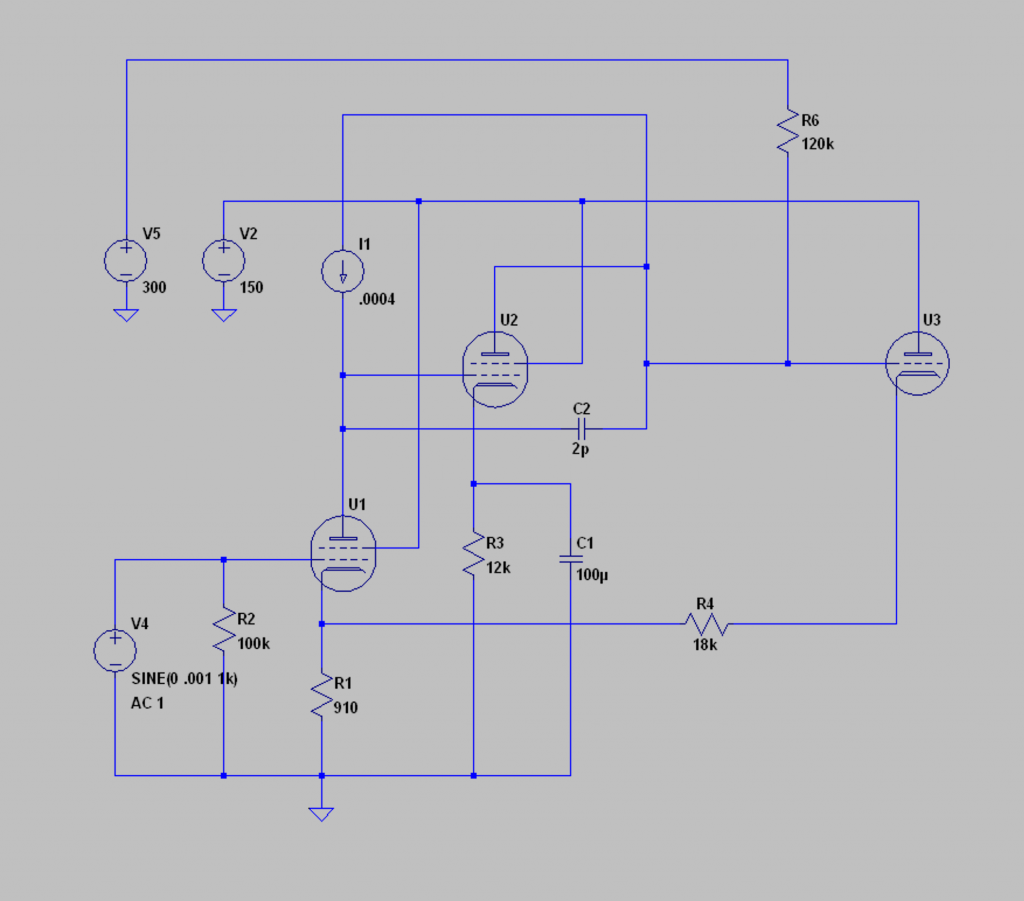
there is much to like about the above circuit. and i wanted to extend the output to include driving loudspeakers. for years… but there’s some work to be done. loudspeakers need current… but i have no interest in buffering this. and the “neohyb” isn’t an obvious fit to a cathode follower configured for current drive. the 2A3 and other directly heated tubes are tricky as cathode followers… there’s always some noise. but i mean to study this now.
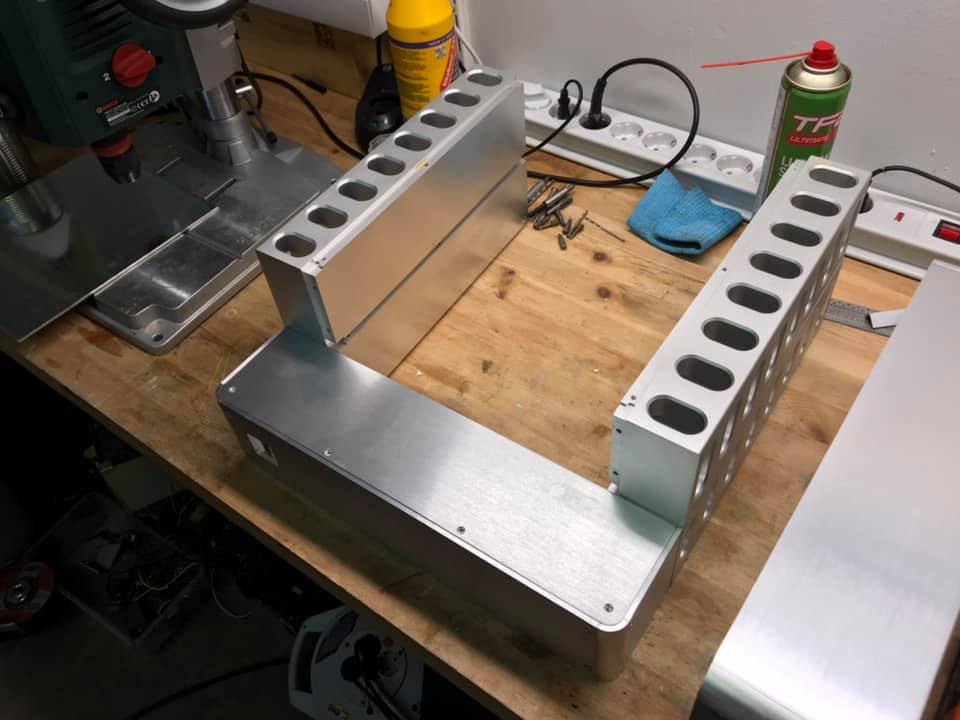
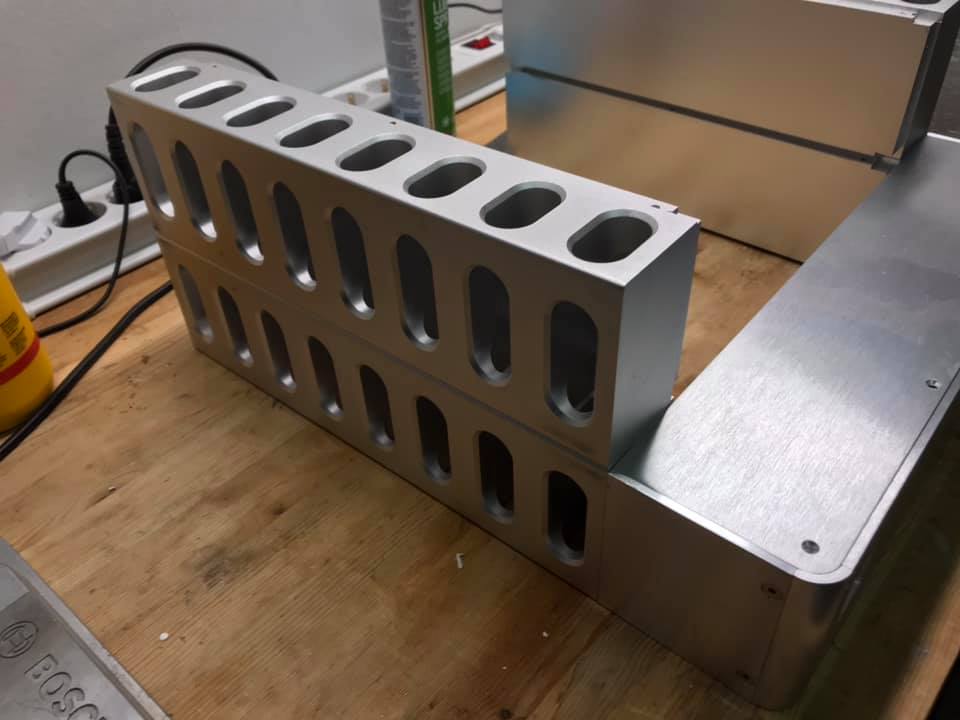
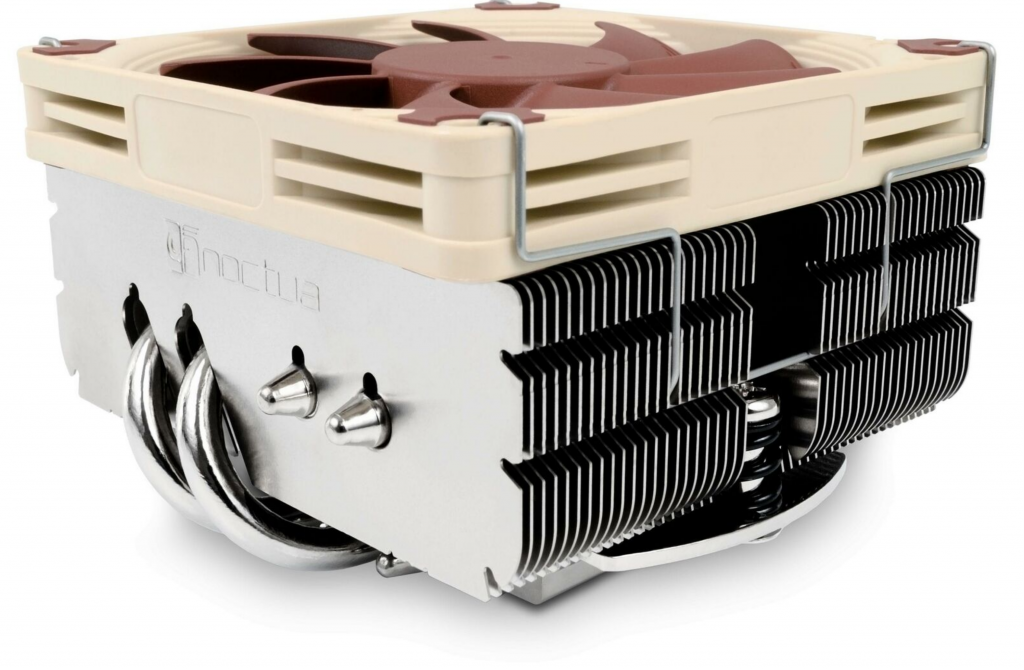
there’s some cool possibilities with computer stuff. in any case, here’s the circuit. please look carefully at the directly couple pentode front end. i have used this for about a decade now and it’s pretty well worked out. the first stage can work with as little as 12 volts on the plate! of course it’s arranged “upside down”. the screens are all grounded which is a lovely detail. plate voltage is much less the screen voltage (25 – 30 volts at the first pentode plate). but this makes direct coupling very simple. the key is the DN2540 (M5). the 2A3 cathode follower is arranged to close a current feedback loop with the 6BL8 first stage. i hope some will see a directly coupled circle that starts at the input and returns to the cathode of the first stage. the open loop gain is about +70 dB with these tubes, but with the current loop closed it’s about +26 dB. and a high output Z!!! this is a transconductance amplifier at this point. voltage in and current out. the hybrid transconductance multiplier part (the neohyb part) adds 2 amps to the load, but the output Z remains high. it is locked to the 2A3 and simply does what it is told. if you have a full range speaker, your job is done. but i am not! take a closer look at R11, R2 and C5. this is a negative feedback loop between the output (the drains of the PMOS) and the “flying cathode” of U1… so now the amp is transformed into a voltage amplifier. it’s a choice you can make if you need to drive a two way or three way speaker.
i am about halfway through making the finished version and no time to work on it. i have friends waiting for stuff that comes first! i haven’t posted anything in a while and thought i had better do something. or just give up. i have an interesting modulation circuit for tremolo/vibrato and some speaker stuff in the works, but for now i need to feed my family.
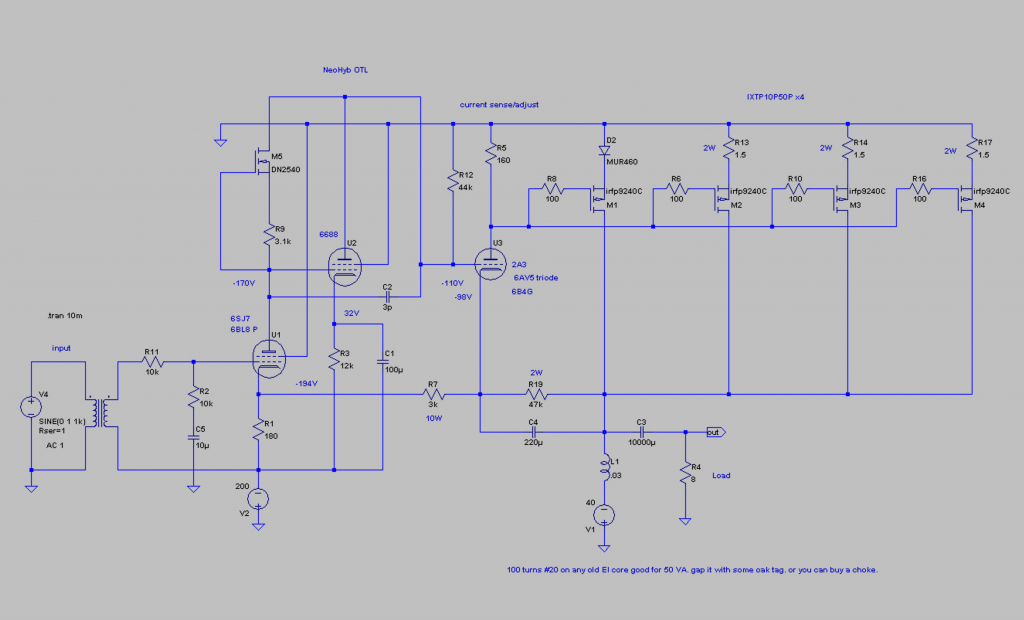
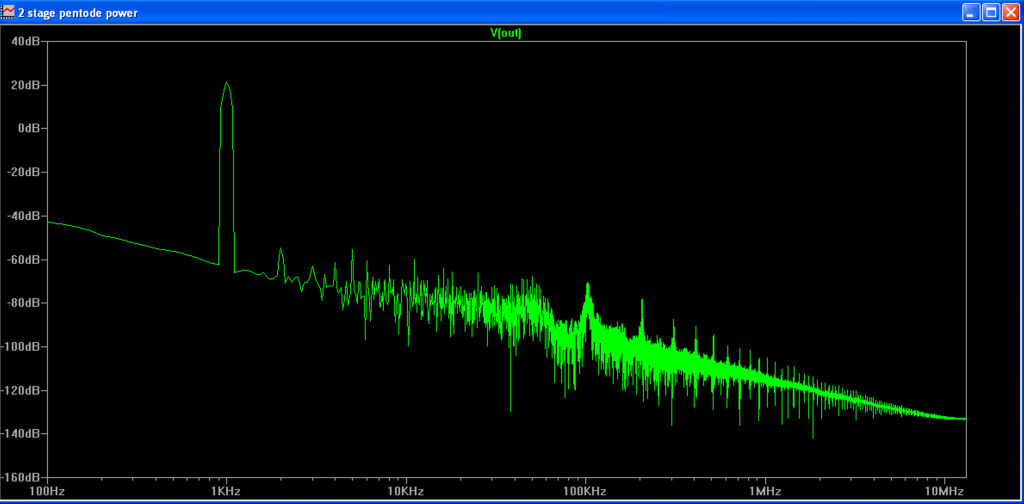
by the way, i will add an addendum later on the cap coupled output. it’s time to do some down and dirty cap coupling! it’s such an unpopular idea that no one has a clue of what they are talking about. i have to do more of it! and it is a lot cheaper than making or buying an output transformer for something like this. and the choke is easy to make with rescued cores or garbage. i made mine from garbage.